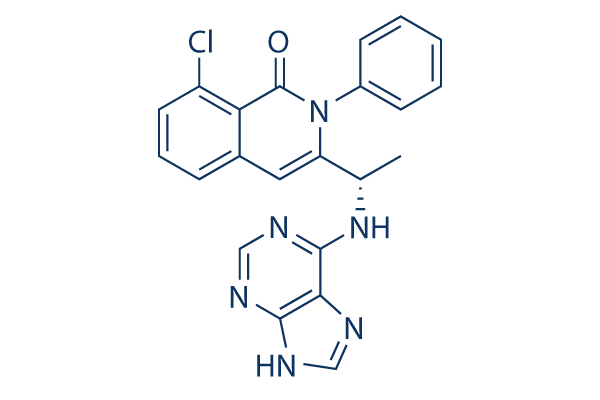classic, desmoplastic nodular and significant cell anaplastic, The histopathological class informs prognosis, one example is tumors displaying LCA morphology usually possess the worst prognosis, However, current advances have utilized genetic profiling to classify medulloblas toma tumors and these techniques have identified me dulloblastoma subgroups that differ in both molecular and clinical profiles, Several groups have identified among four and five prospective subgroups, how ever, a current consensus conference determined that evidence supported 4 distinct subgroups and acknowl edged the prospective for multiple subtypes inside each subgroup, The two most effectively defined subgroups are characterized by overactive signaling within the WNT and Sonic hedgehog mitogenic pathways. Significantly less is identified about the underlying tumorigenesis mechanisms on the remaining two tumor subgroups, Group 3 and Group four.
however, distinct genetic aberrations and gene expression qualities pop over to this website have been discovered, and epigenetic origins to these tumors have been proposed, These 4 principle medulloblastoma subgroups differ with regards to demographics, predominant histology, probably cell of origin, DNA copy quantity aberrations and molecular markers, Importantly, the genetic profile has prognostic sig nificance major investigators to urge translation of genetic classification into clinical therapeutic trials, Tumors on the WNT subgroup have the most favorable outcomes and SHH tumors have an intermediate response to present therapies. The recent improvement of little mol ecule inhibitors on the SHH pathway holds guarantee for the remedy of those tumor subgroups, Group 3 tu mors seem to have the worst prognosis applying existing therapeutic approaches, on the other hand, Groups 3 and four are much less properly characterized, both clinically and genetically, resulting within a lack of prospective targets which has hin dered the development of novel therapeutic approaches.
Identification of tumor subgroup utilizing molecular classifi cation is expected to develop into an essential element of medulloblastoma diagnosis and staging within the close to future. Molecular classification will also probably be made use of to guide therapeutic possibilities, to measure response to therapy Ginkgolide B and to supply early detection of relapse. G protein coupled receptors are essential regula tors and points of manage in each the SHH and WNT signal transduction pathways, also as several other cell signaling mechanisms, GPCRs possess characteris tics that make them perfect targets for molecular imaging and  therapeutics.
therapeutics.
Histamine Receptor Signaling
A class of G protein–coupled receptors which bind histamine as their primary endogenous ligand.
